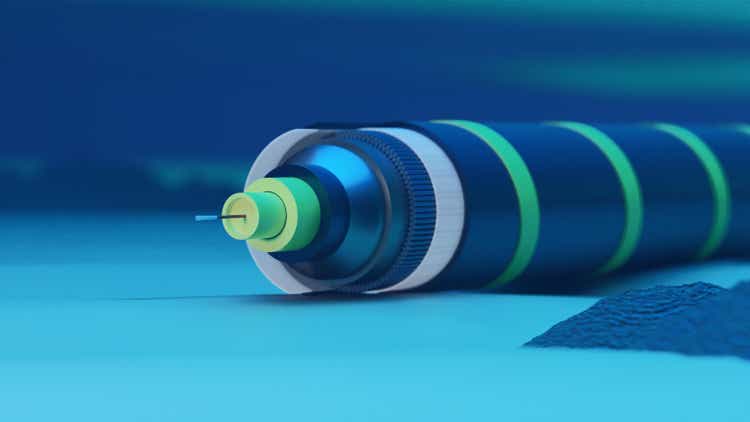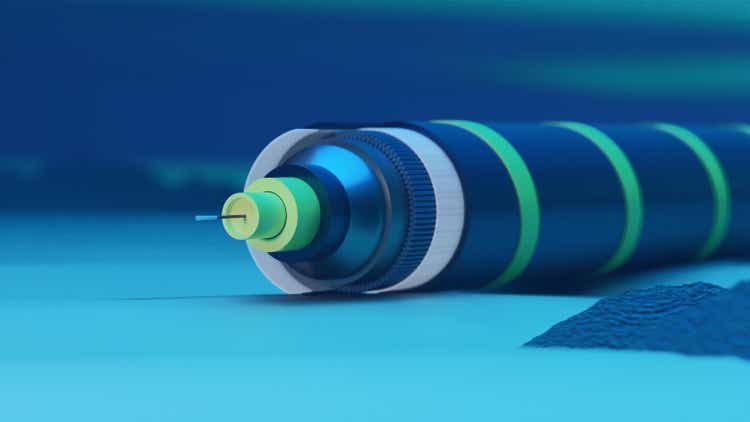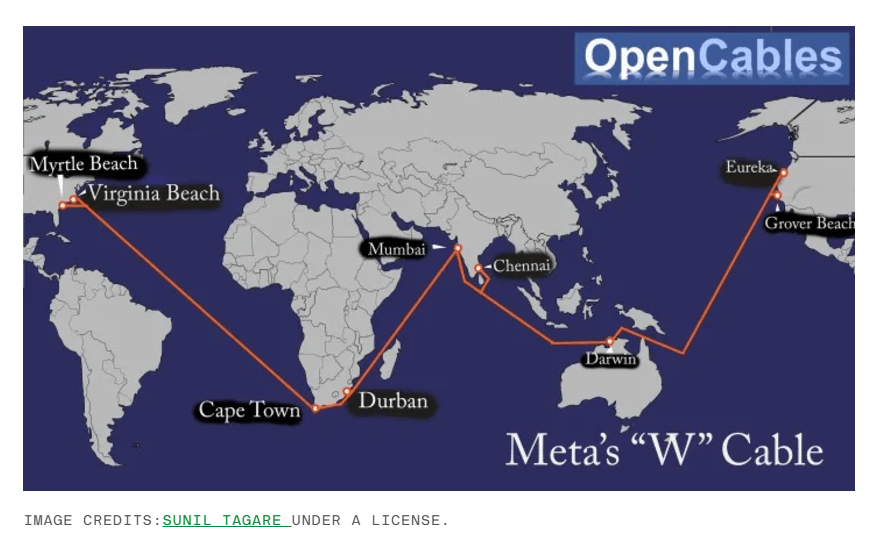
~UserGI15994093
Social media and tech giant Meta (NASDAQ:META) is planning to build a nearly 25,000-mile (40,000-kilometer) fiber-optic subsea cable that will go around the world, and the investment in the project could go over $10B, TechCrunch reported Friday.
Meta will be the sole owner and user of the subsea cable and the infrastructure; sources close to the company confirmed to TechCrunch about the project but said it is still in its early stages.
Subsea cable pundit Sunil Tagare, who first reported on Meta’s plans back in October, told TechCrunch the project is to start with a budget of $2B, but as it builds out, the budget would likely go up to more than $10B as the project extends into years of work.
The report said plans have been laid out, but physical assets have not, and the company declined to discuss the budget. Meta is expected to disclose more details on the project early in 2025.
Sources told tech news outlet the subsea cable would give Meta a dedicated pipe for data traffic around the world when it is finished. The planned route of the cable currently sees it spanning from the east coast of the U.S. to India via South Africa and then to the west coast of the U.S. from India via Australia—making a “W” shape around the globe, as visualized here by Tagare:
Image Source: TechCrunch
The upcoming project is being conceived out of the company’s South Africa operations, sources told TechCrunch.
Meta is part owner of 16 existing subsea cable networks; however, the proposed project would be the first wholly owned by the company, putting itself in the same list as Google (GOOG) (GOOGL), which is the world’s largest subsea cable owner with 33 different routes.
Amazon (AMZN) and Microsoft (MSFT) also have joint ownership in certain cable routes but do not own any route all by themselves like Google.
The report said one of the reasons for sole ownership of a route and cable would be for Meta to have the capacity to support traffic on its own properties. The other is geopolitical. The route as envisioned by Meta is intended to help the company “avoid areas of geopolitical tension,” TechCrunch said, citing sources.
Tagare told TechCrunch another possible reason for Meta’s subsea vision, although more speculative, is related to its plans for training and working with AI models in India, and the subsea cable could play a role in that effort. Sources close to the project said it’s too soon to say whether AI is part of the equation for Meta in this project.

